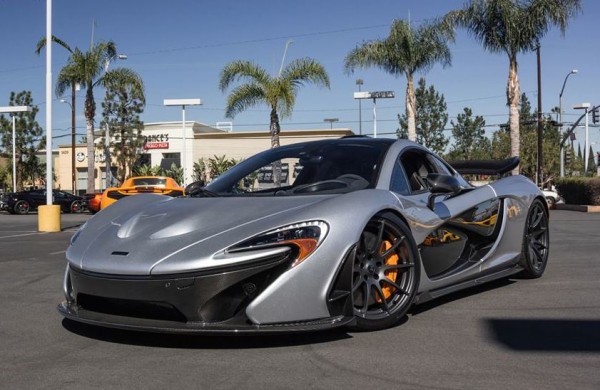
McLaren
Newport Beach strikes again with yet another unique P1. This Supernova
Silver McLaren P1 is one of the 13 examples they have delivered so far,
and in our opinion one of the coolest looking. That said, if it is too
“sober” for you, you can always go for colors like Tarocco Orange.
Tarocco Orange McLaren P1 differs from a
normal silver car in the sense that its color has a deep metallic shine
to it that looks almost textured. The real beauty of this paint finish
is that in dim light it looks as if it’s a matte finish, but under the
sun light it shimmers and glistens like, well, a piece of silverware!
Matte black wheels, orange brake
calipers, and naked carbon fiber roof, pillars and door panels
complement the exterior color on this Supernova Silver McLaren P1 and
make it truly one of a kind. This color combo also brings out the
exquisite details of the P1’s aero parts and make them pop.
McLaren P1 Technical Features:
-Aero-led design produces more downforce than any other production road car
-916PS (903 hp) generated by 3.8-litre twin-turbo V8 petrol engine coupled to an electric motor gives tremendous power and instant throttle response with an electronically limited top speed of 350 km/h (217 mph)
-Active ride height, and aerodynamics work with large adjustable rear wing to give ground effect suction and optimised downforce
-IPAS (Instant Power Assist System) and DRS (Drag Reduction System) offer instant boost of power and straight-line speed
-The MonoCage is one of the lightest carbon fibre full-body structures used in any road car to date, weighing 90kg. This weight includes the roof and lower structures, roof snorkel, engine air intake cavity, battery and power electronics housing
-MonoCage chassis includes fibres more than five times the strength of the best grade titanium, and includes the use of Kevlar
-0 to 300 km/h in less than 17 seconds – five seconds quicker than the legendary McLaren F1
-916PS (903 hp) generated by 3.8-litre twin-turbo V8 petrol engine coupled to an electric motor gives tremendous power and instant throttle response with an electronically limited top speed of 350 km/h (217 mph)
-Active ride height, and aerodynamics work with large adjustable rear wing to give ground effect suction and optimised downforce
-IPAS (Instant Power Assist System) and DRS (Drag Reduction System) offer instant boost of power and straight-line speed
-The MonoCage is one of the lightest carbon fibre full-body structures used in any road car to date, weighing 90kg. This weight includes the roof and lower structures, roof snorkel, engine air intake cavity, battery and power electronics housing
-MonoCage chassis includes fibres more than five times the strength of the best grade titanium, and includes the use of Kevlar
-0 to 300 km/h in less than 17 seconds – five seconds quicker than the legendary McLaren F1
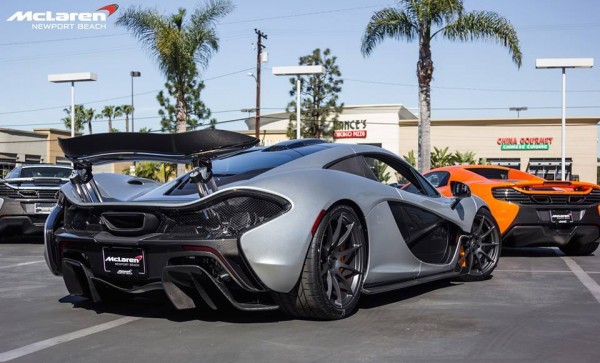
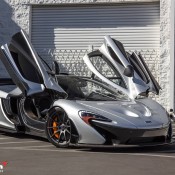
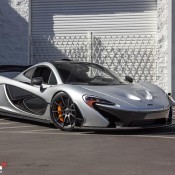
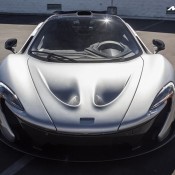
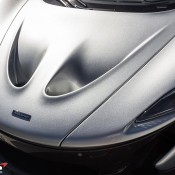
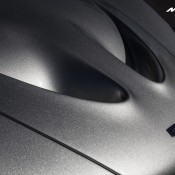
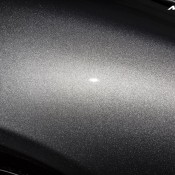
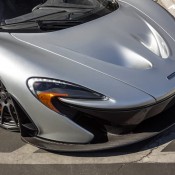
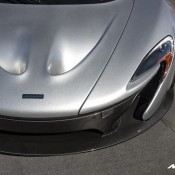
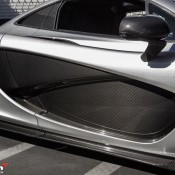
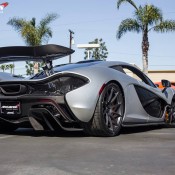


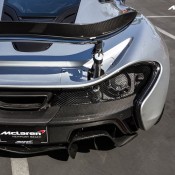

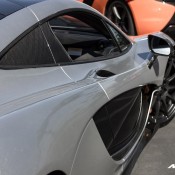
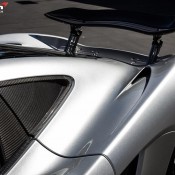
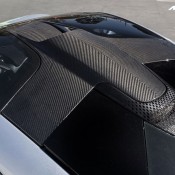
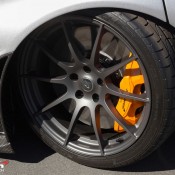
No comments:
Post a Comment